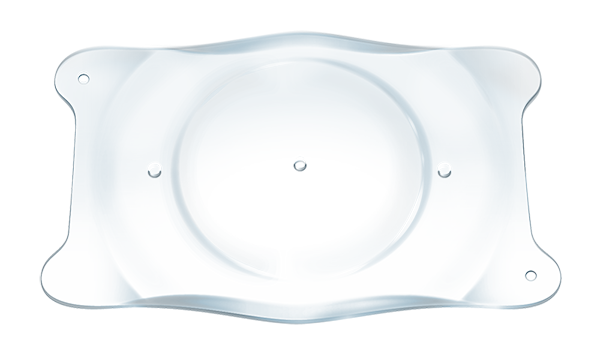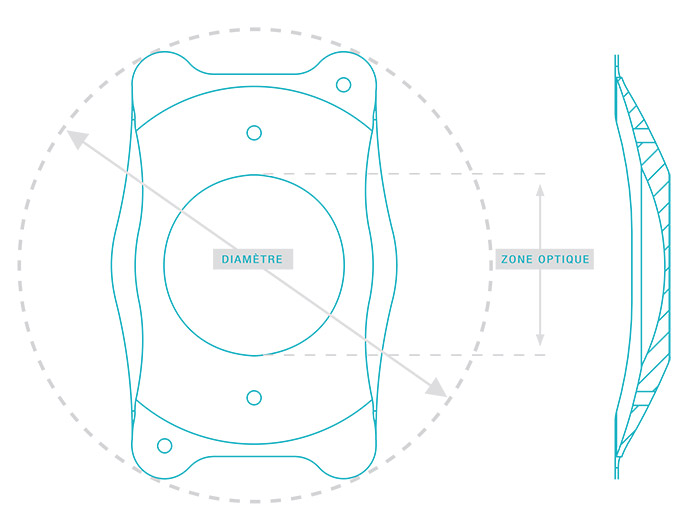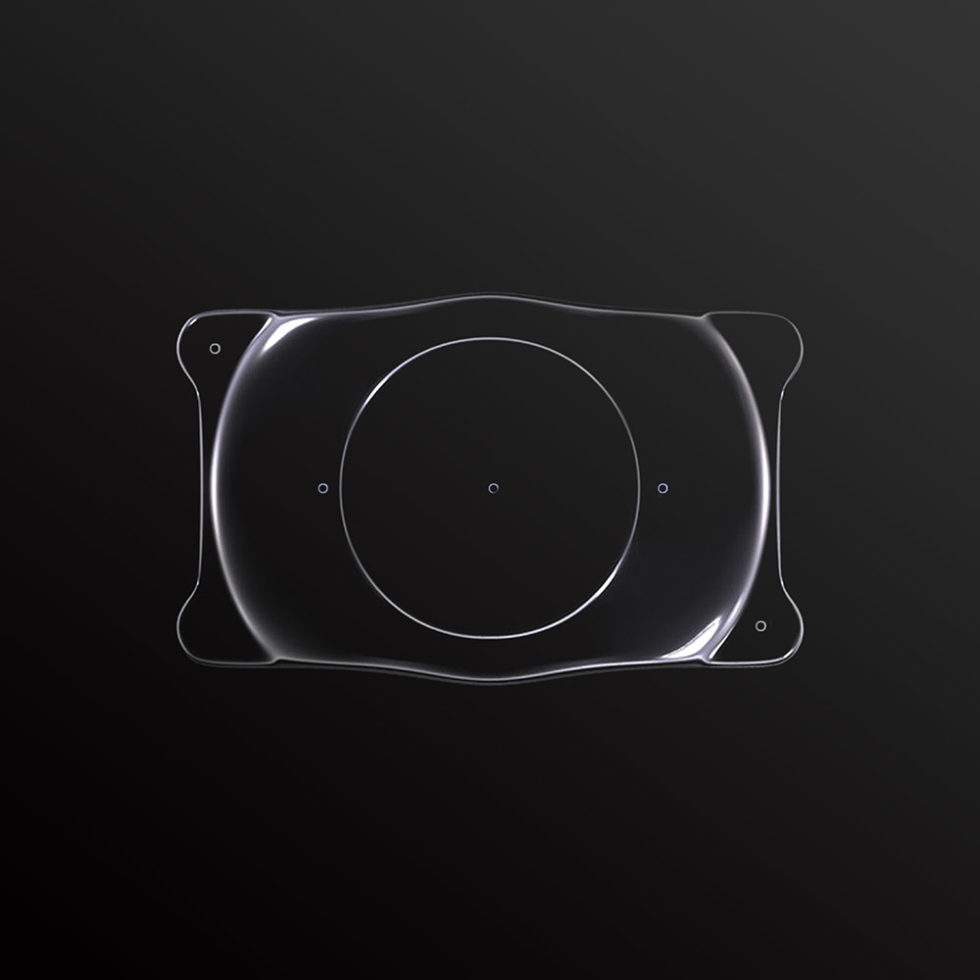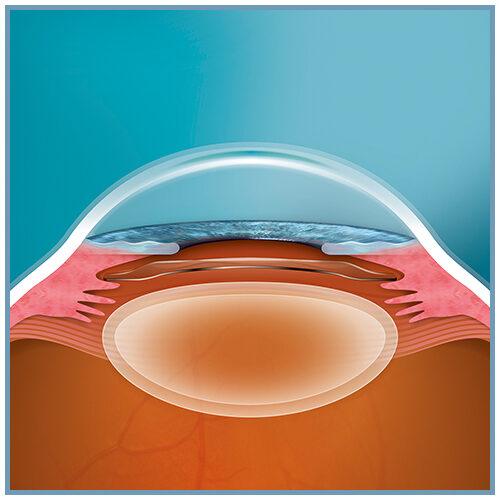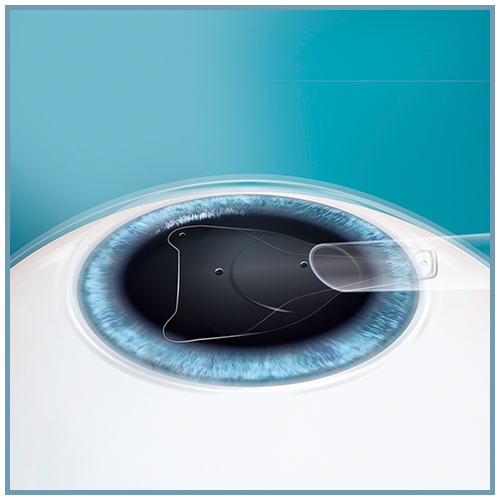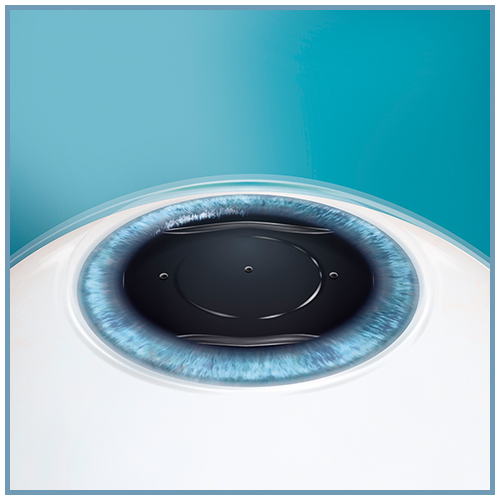Tous les médecins doivent suivre le programme de certification STAAR Surgical Visian ICL avant d’utiliser l’EVO/EVO+ ICL en milieu clinique. Veuillez lire attentivement le mode d’emploi de l’EVO/EVO+ ICL avant toute intervention clinique.
INDICATIONS : L’EVO/EVO+ ICL est indiqué chez les patients phaques âgés de 21 à 60 ans et les patients pseudophaques âgés de 21 ans et plus, présentant une profondeur de chambre antérieure (ACD) de 2,8 mm ou plus, pour corriger/réduire une myopie comprise entre -0,5 dioptries et -20,0 dioptries, avec un astigmatisme allant jusqu’à 6,0 D. L’EVO/EVO+ ICL est destiné à être placé dans la chambre postérieure de l’œil.
AVERTISSEMENT/PRÉCAUTION : Le chirurgien doit procéder à une évaluation préopératoire minutieuse et faire preuve d’un jugement clinique rigoureux afin de déterminer le rapport bénéfice/risque avant l’implantation d’une lentille chez un patient présentant l’une des pathologies décrites dans le mode d’emploi. Avant l’intervention, les médecins doivent informer les patients potentiels des risques et des bénéfices potentiels associés à la lentille EVO/EVO+ ICL.
ATTENTION : Consultez le mode d’emploi de la lentille EVO/EVO+ ICL disponible à l’adresse https://edfu.staar.com/edfu/ pour obtenir la liste complète des indications, contre-indications, avertissements et précautions.

